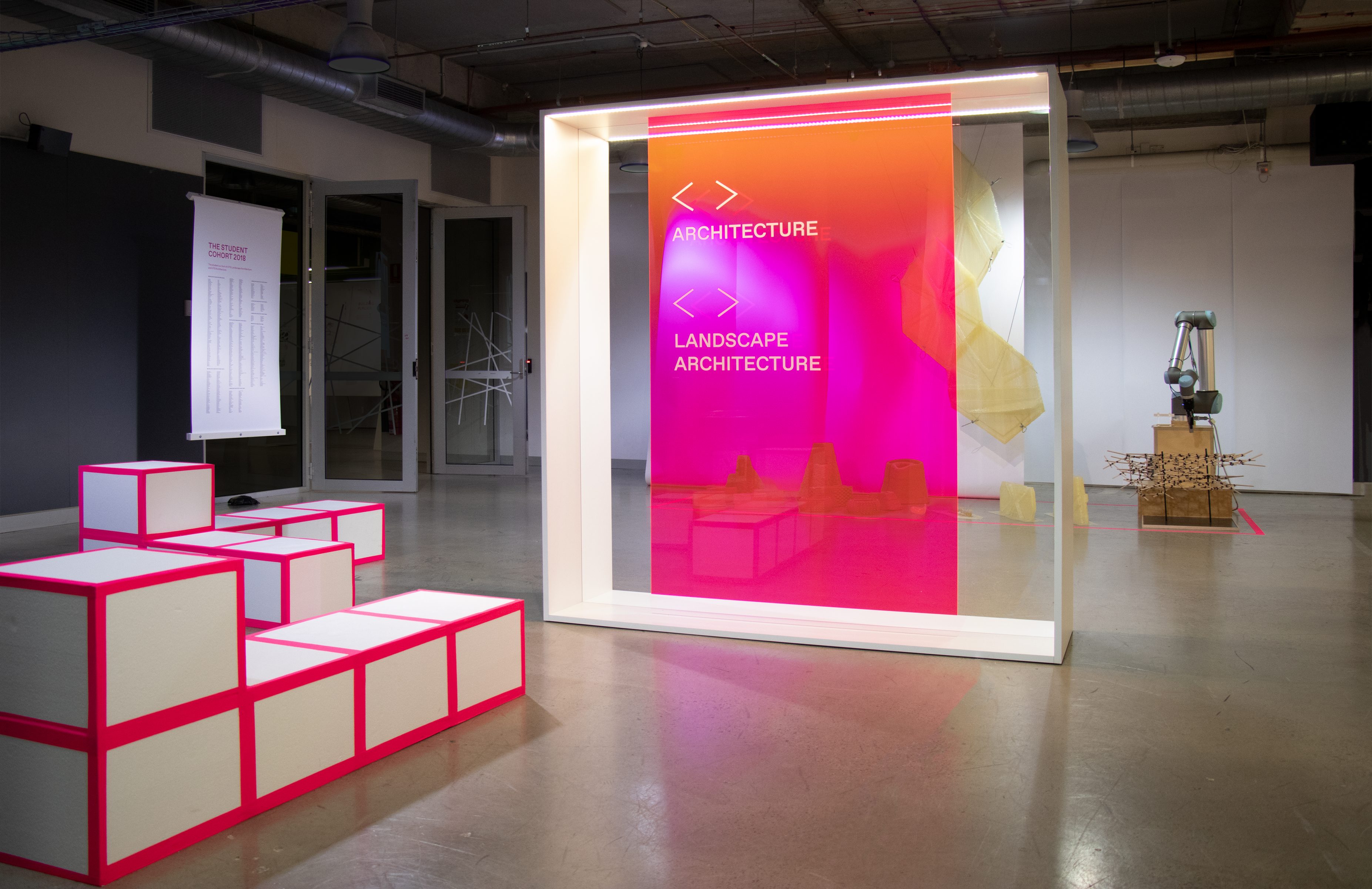Futures Histories
Mentoring the designers of the future for the UTS DAB Grad Show 2018
University of Technology, Sydney


‘Futures Histories’ was a hybrid installation featuring disciplines of the UTS Design Architecture Building (DAB) School – Architecture, Visual Communication, Interior Architecture, Landscape Architecture, Product Design, Animation, Photography and Fashion.

Trigger collaborated with a multi-disciplinary student group drawn from disciplines in the UTS Design Architecture Building (DAB) School to create an installation design for the graduation show. ‘Futures Histories’, as the title suggests, set up a space of collisions, connections and dualities between disciplines’ interpretations and appealed to industry in compelling ways.


The visual identity concept sought to be simple and clear but also exuberant, confident and assured. It needed to work across the branding, website, and final exhibition design to create a coherent vision. On the website and Instagram, short, intriguing phrases of words rarely used together – the opposite of verbal clichés – constantly re-wrote themselves, creating brief digestible messages in colours and typography designed to cut through. Used as billboards and navigation around entry points and throughout the exhibition, they created a compelling invitation and provoked curiosity, while also acting as a strong wayfinding concept to help viewers find their way through the labyrinthine UTS DAB building.



The design vision involved the creation of display modules, comprised of a kit of parts suitable for showcasing sculptural, digital, 3D and 2D printed work across all disciplines. An overarching, unified design language facilitated a cohesive experience for the visitor and also allowed individual student design voices. The key ‘module’ design expressed the concept of duality with no ‘back’ or ‘front’ side. The 2D motif of a ‘frame’, employed by the visual identity component of the project, was extended in 3D through the design of display modules that physically ‘framed’ student works.

The design’s simple white-coloured forms created a presence that transcended the complicated spaces, their poor lighting and unclear circulation. Alluring vistas were created by individual modules visually combining to create a sense of larger connected forms. Modules were self-illuminated. Exhibition spaces across 5 disjointed levels were linked and circulation clarified with a series of orientation ribbons.





